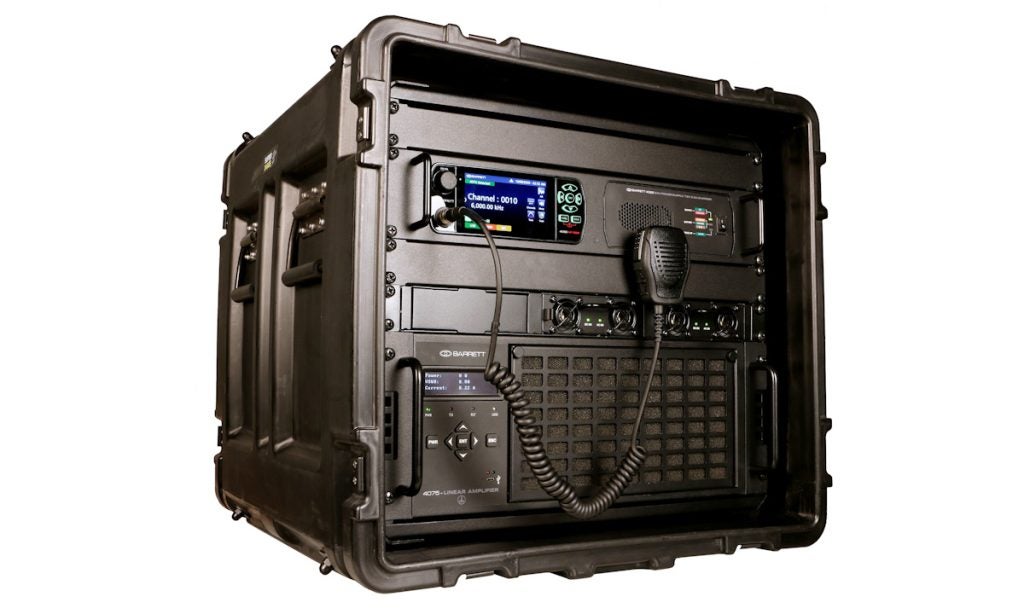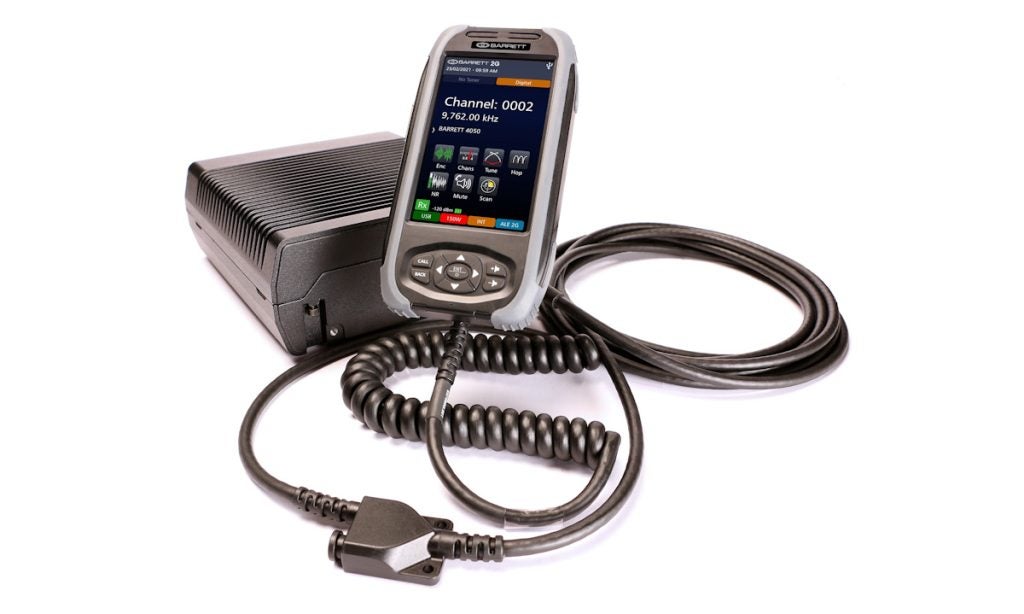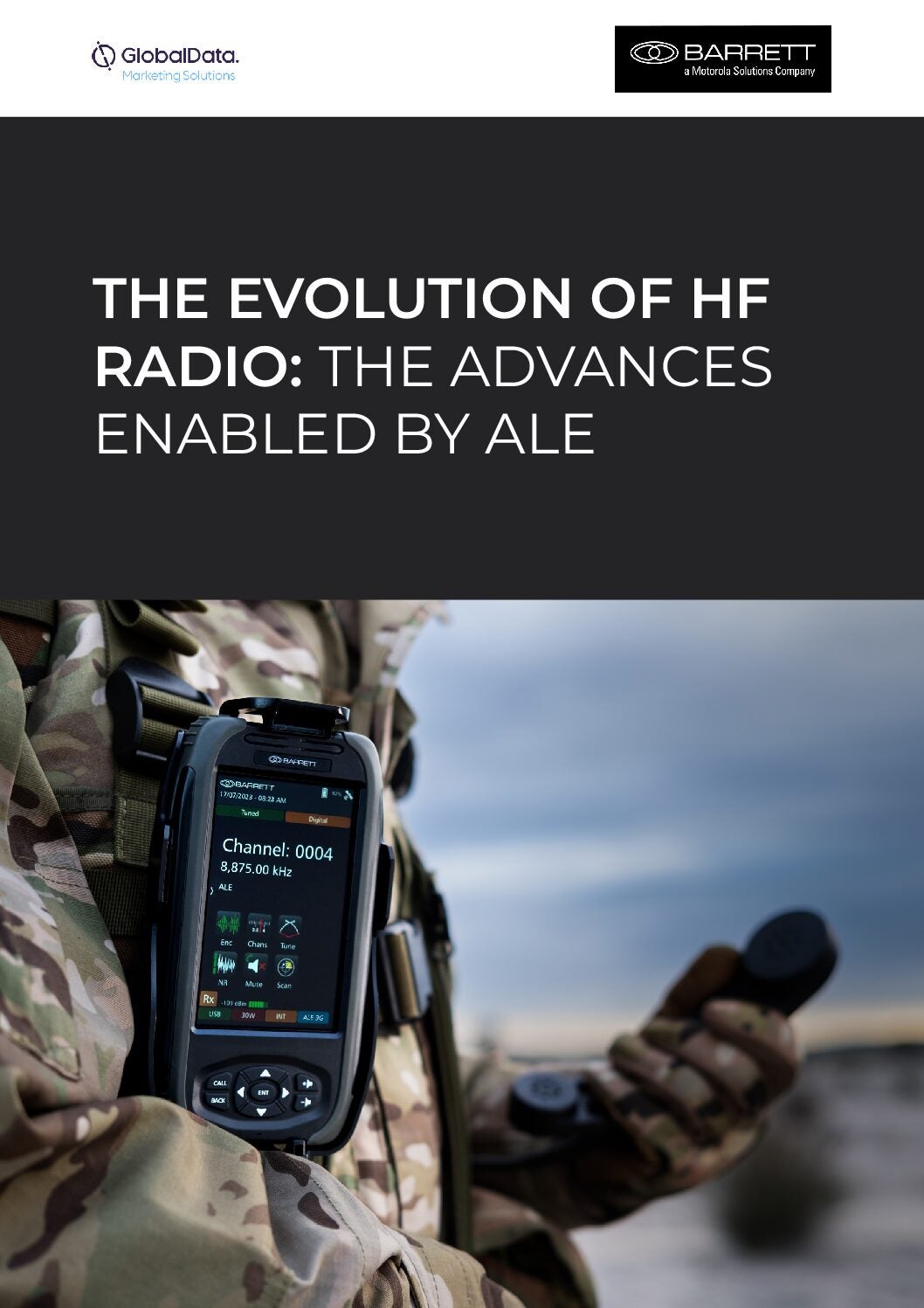
Africa’s diverse environments present significant challenges for long-distance communications technologies. Spanning vast deserts, dense forests, and mountainous regions, the continent’s varied environments can present major obstacles to the deployment of traditional communications infrastructure and can result in limited connectivity, particularly in remote areas.
High-frequency (HF) radio offers a reliable solution to maintain effective communications in such conditions. HF radio systems do not require extensive infrastructure, making them ideal for emergency services, armed forces, logistics and non-governmental organisations (NGOs) operating in potentially adverse environments with limited accessibility. Additionally, HF radios allow communications across vast distances, which is crucial in emergency scenarios where rapid coordination is necessary.
HF radio has advantages over satellite communication systems, as it does not require extensive ground infrastructure and is “free to air”. In addition, HF radio is ideal for remote environments and can be integrated into existing infrastructure to enhance communications capabilities.
Specialists in radio comms across Africa
Steve Giroux is business development and account manager for Europe and West Africa at Barrett Communications. An ex-Royal Signals Paratrooper in the British Army, Giroux has a wealth of experience in communications in difficult environments. In Africa, some regions are more challenging than others, he says.
“Nigeria, Côte d’Ivoire, South Africa, Ethiopia – all have relatively good power supplies. When you’re trying to install large HF systems, we find that much easier to work with,” says Giroux. “Other countries are a little bit more challenging – in the sub-Saharan areas like Mauritania, South Sudan, Burkina Faso, Uganda, and Rwanda.”
Giroux explains that long-range communications are often satellite-based around the world, but they are expensive and prone to interference. In Africa, HF radio is often preferred due to its one-time purchase model and its long-range communications capabilities – up to 3,000km – via a point-to-point system with no infrastructure.
There are various factors that can affect HF radio, including certain weather conditions, antenna selection and even the position of the sun. Nevertheless, HF radio is considered more robust and reliable than other options for communications.
However, Giroux says: “For customers new to HF radio, the training that we can provide is very important as some customers expect HF to work like a normal telephone system or simple UHF/VHF PTT comms. Also, sound system engineering incorporating a selection of HF frequencies is also crucial for creating a robust network so that good communications can be archived as HF radio propagation conditions change between night and day.”
Other issues include after-service support. “Ongoing maintenance which we can also provide training for by end users is also important,” adds Giroux. “And in some parts of Africa, the power grid is not as reliable as it is in the UK and Europe, especially in the equatorial regions. You get a lot of electrical storms. So backup DC power systems are also important.”

Diverse applications for HF radio
HF radio has a multitude of applications other than straight communications, including asset tracking. For example, Barrett recently installed HF radio systems in cash-in-transit vehicles for the African Bank of Nations. Integrated with GPS tracking, HF radio allowed the banks to track the location of their cash transport vehicles in real-time, without relying on satellite or LTE-based communications.
Reliable long-range communication capabilities allow banks to maintain secure links between branches, headquarters, and cash-handling facilities even in remote locations. As HF radio systems are less dependent on local infrastructure, they are a more resilient option for banks operating in areas with unreliable power and internet connectivity. HF radios can also be equipped with encryption options, providing a secure communication channel for sensitive banking operations and transactions.
However, in cities, high-rise buildings and dense urban environments can create shielding and interference issues for HF radio antennas. Finding suitable locations to install large antennas can be challenging. There can also be difficulties with installing antennas in rainforests. To address these issues, Giroux highlights the importance of conducting thorough site surveys, using antennas designed for specific environments and implementing robust power protection and backup systems. Collaborating with local partners who understand the operating environments is also crucial for successful deployments in African cities.
Another notable project for Barrett in Africa was providing HF radios to support the work of anti-poaching rangers in wildlife parks in Tanzania. With areas spanning hundreds of kilometres, rangers are dependent on reliable communications for effective patrols.
“That was probably one of my most rewarding visits,” adds Giroux. “They were having a lot of issues with poachers, and we were there to try and help them out. They’re very protective of the animals and they wanted a solution for tracking and communication.”
How ALE boosts HF radio communications
HF radio waves are transmitted through the ionosphere. While uses of HF radio stretch back more than 100 years, more recent innovations such as improved bandwidth, data quality and automatic link establishment (ALE) technology allow operators to communicate effectively without requiring detailed technical knowledge. This enables more people to use the vital HF radio network whenever they need it.
Alongside this, ALE automates the calculation of the best available frequency for transmission by considering variables such as solar weather, noise, transmission type, radio power, and antennae. ALE also employs occupancy detection in ALE 2G and 3G to determine channel usage. Operators can send transmissions simply by entering the desired radio identifier and ALE does the rest. This is particularly beneficial for humanitarian aid or natural disaster-affected communities, as it allows for cost-effective and reliable communications.

Improving communications reliability in Africa
Barrett Communications has successfully established a presence in the African market, demonstrating a diverse customer base, strong local partnerships, and adaptability to customer needs. The company also has a significant amount of repeat business and works closely with local dealers and partners in Africa, providing market knowledge, installation support and a reliable distribution channel. In addition, the company also offers training services for its HF radio equipment.
Founded in 1976, Barrett Communications offers high-quality HF radios for 21st-century skywave transmissions. The company’s 4000 series HF SDR transceivers are the centrepiece of its range, providing secure voice, email, and data transfer within HF radio networks. The transceiver can be controlled over the internet (IP connectivity) from major mobile and desktop platforms, offering integration with the latest technology.
Barrett’s HF radio equipment is designed to be user-friendly. The equipment looks and operates similarly to a touchscreen mobile phone, displaying menus and information in multiple languages, including French and Arabic. This is particularly important in Francophone Africa, where French is the primary language, such as Senegal, the Republic of Côte d’Ivoire, and Chad. Additionally, Arabic is the main language in Libya, Tunisia, Algeria, Mauretania, the Sudan, and Morocco. Radios can also be adapted to display other local languages, bridging the communications gap, and making the systems more accessible to end-users regardless of the location.
To learn more about the evolution of HF radio, download the exclusive report below.



